THE PANTANAL
Nature speaks louder
Land of Great Adventures
and exceptional beauty
The Pantanal stands proudly as one of the Earth’s most important natural reserves, as
acknowledged by UNESCO. It has been a National Heritage Site in the Brazilian
Constitution since 1988. Situated in the heart of South America, spanning a vast
140,000 km2, it is the world’s most extensive floodable wetland. Encompassing 80% of
its territory in Brazil, it extends into Paraguay and Bolivia (the Chacos).
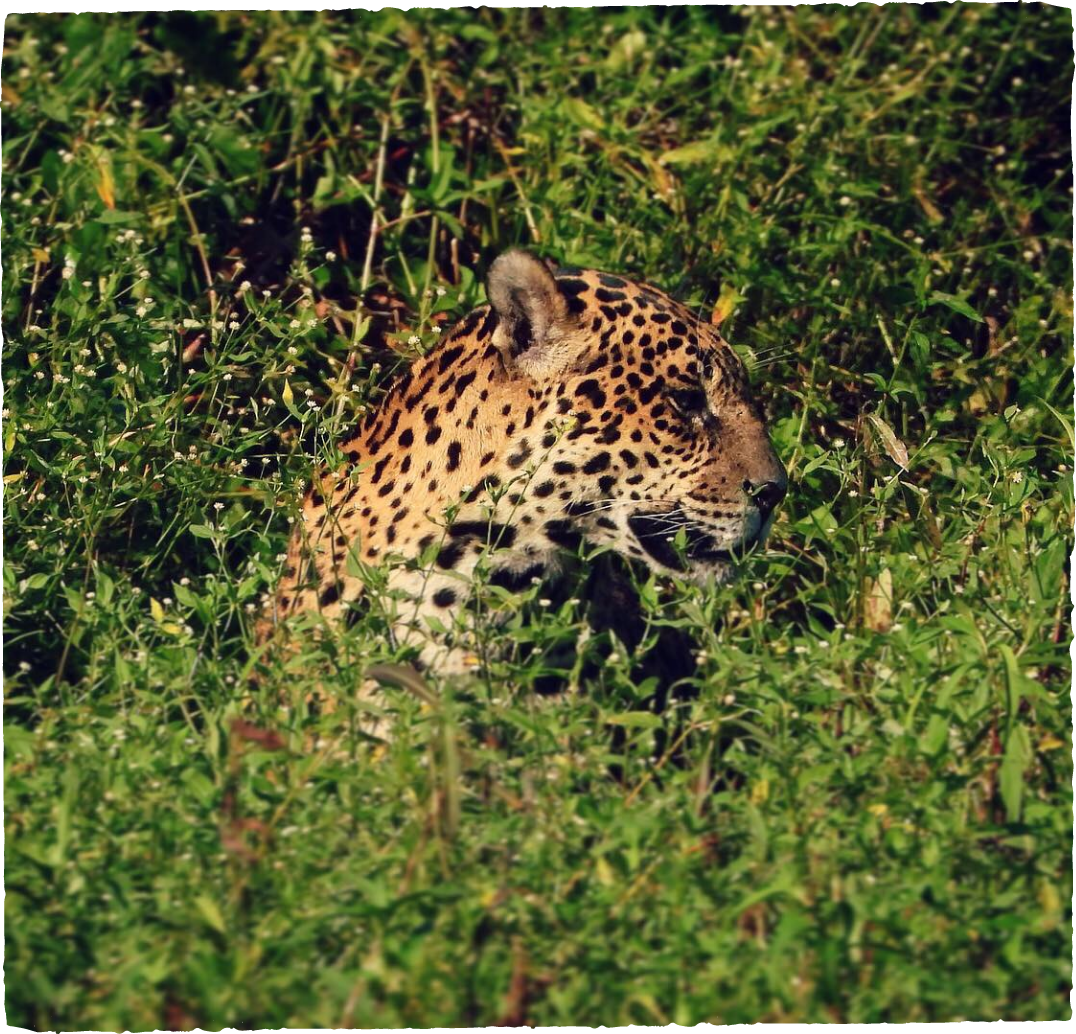
Unique ecosystem on the planet.
In the Pantanal mosaic, you find diverse vegetative species from the Atlantic Forest
(Southern Pantanal and Salobra River), Cerrado, Caatinga, Paraguayan Chaco, and the
Amazon (Northern Pantanal). This rich tapestry hosts over 486 bird species, 263 fish
types, 90 mammals, 177 reptiles, and 50+ amphibians.
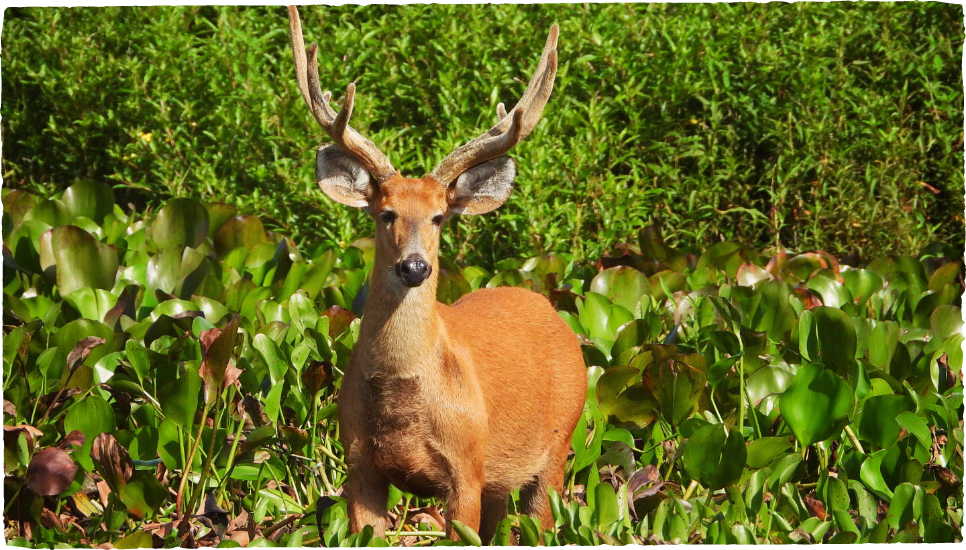
Preserved Nature
in the Salobra Delta.
Because of its climate, topography, and vegetation variations, the Pantanal can be
divided into 11 sub-regions, known as “Pantanais.” In Mato Grosso, contributing to
30% of Brazil’s Pantanal, you’ll find the Pantanais of Poconé, Barão de Melgaço, and
Cáceres. In Mato Grosso do Sul, covering 70% of Brazil’s Pantanal, are the Pantanais
of Paiaguás, Nhecolândia, Paraguai, Aquidauana, and Abobral.
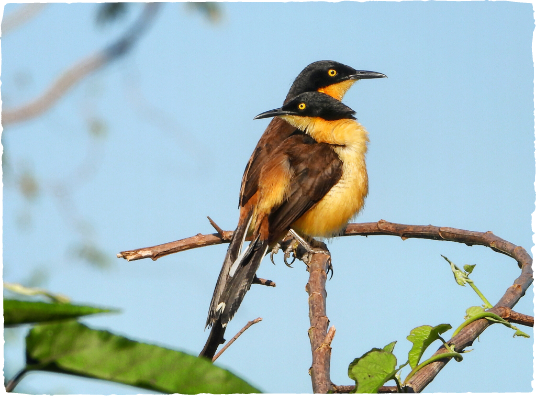
Preserved Nature
in the Salobra Delta.
Our lodge’s private reserve serves as a vital ecological sanctuary, dedicated to the
permanent preservation of the SALOBRA PANTANAL. The low environmental impact
of our operations, combined with ongoing conservation efforts in the area, embodies the
SUSTAINABILITY of our ecotourism project. Our guests actively contribute to this
cause by choosing to stay with us.
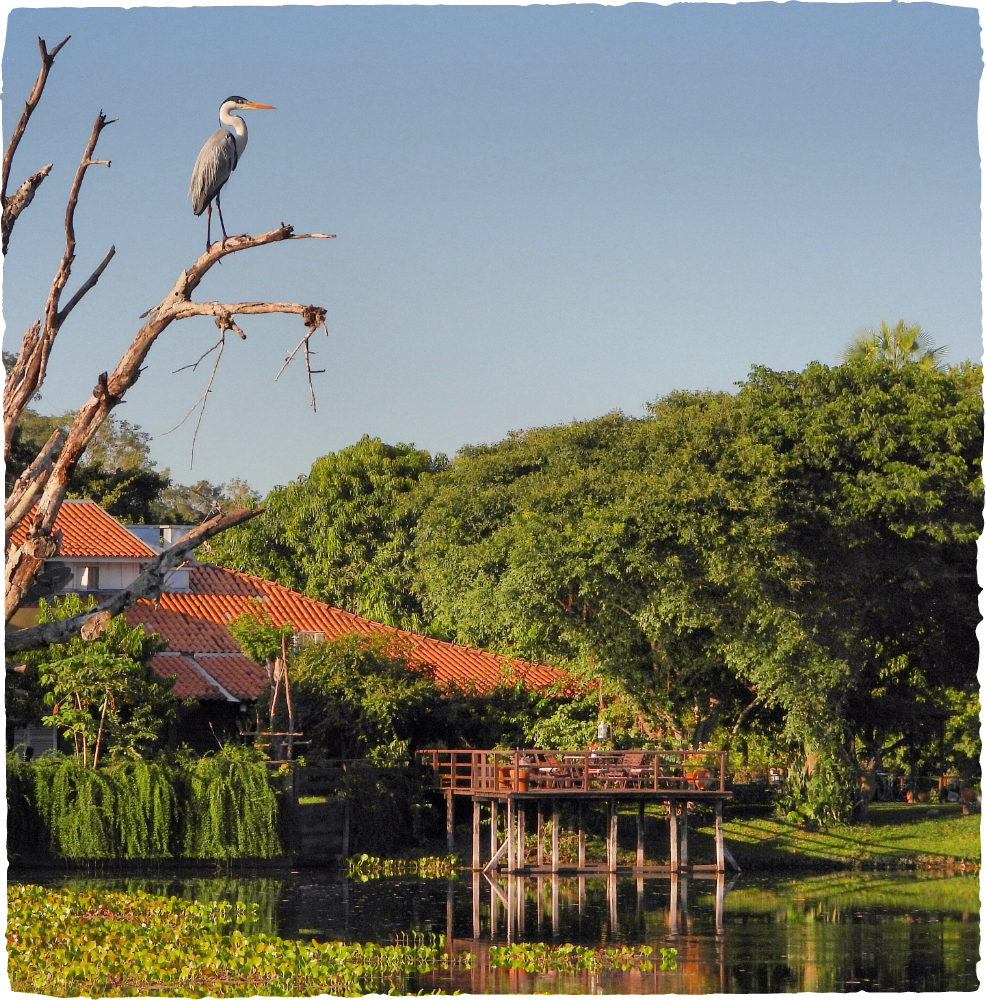
The Salobra River
Situated in central-southern Mato Grosso do Sul, bordering the Nabileque Pantanal. The
Bodoquena Plateau spans 200 km, with widths from 10 to 70 km. Cities like Bonito
and Bodoquena thrive in this region, alongside Jardim, Guia Lopes da Laguna, Porto
Murtinho, and Miranda municipalities—altitudes in this elongated plateau range 300 to
750 m. The plateau’s main rivers include Formoso and Prata, along with the two
primary rivers of the Serra da Bodoquena National Park: SALOBRA in the north and
Perdido in the south.
Climate
The Pantanal climate can be classified as savannah. It is hot and humid in the summer
(November – February) and cold and dry in the winter (May–August). Cold fronts from
the south of South America are mostly common from April to September, bringing
temperatures below 10ºC that can last 2 to 4 days.
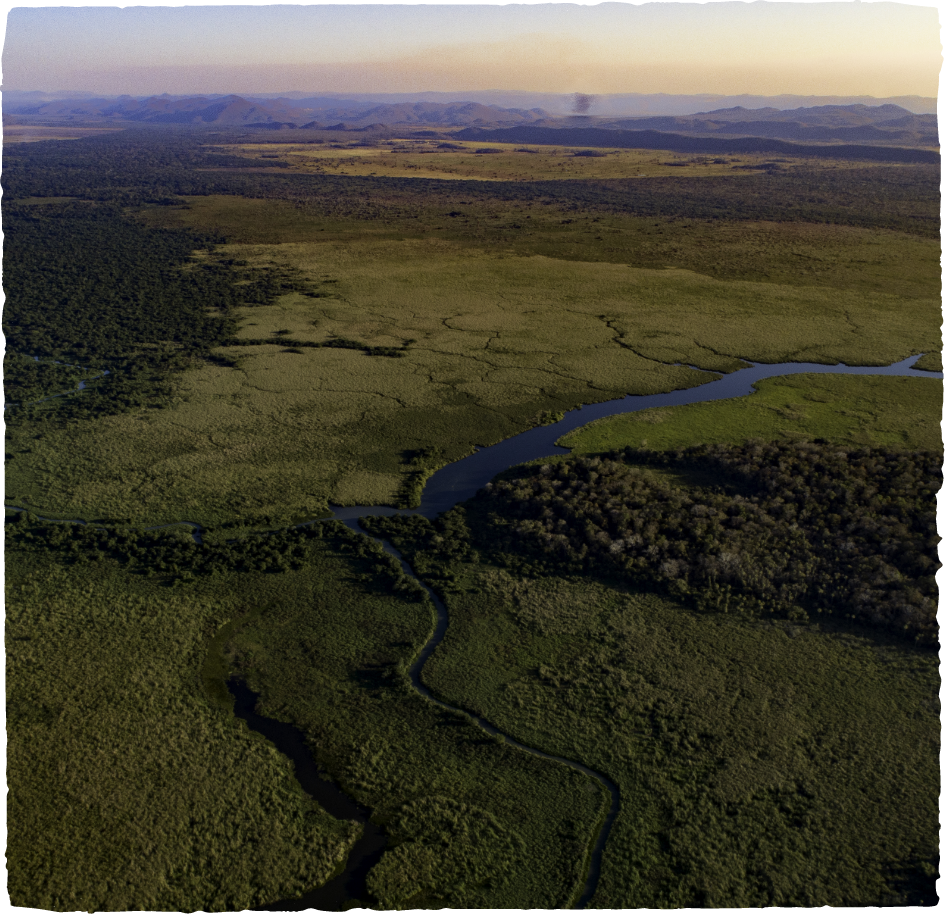
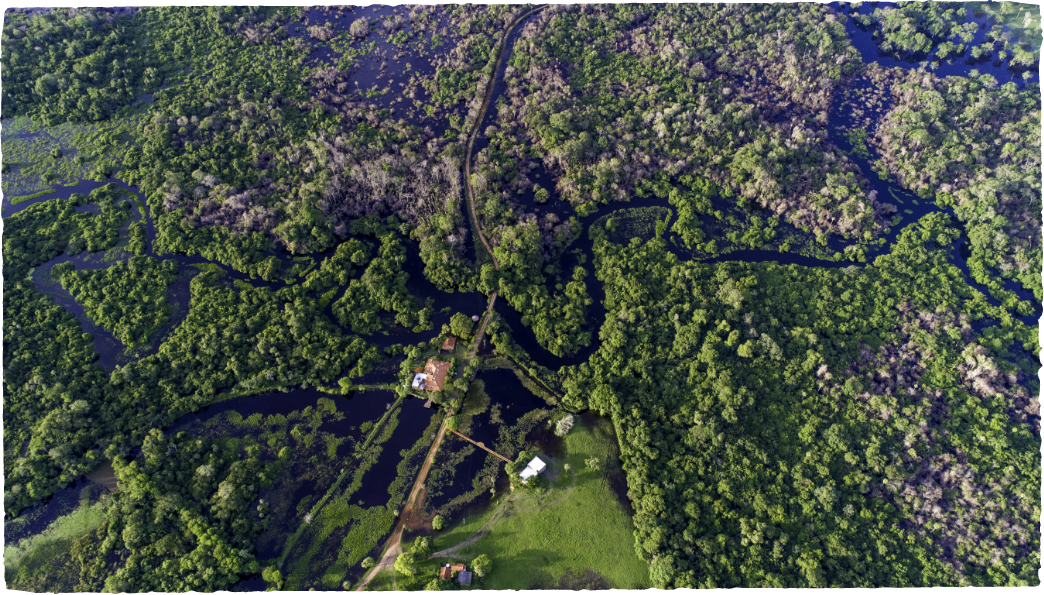
Hydrography
The Pantanal area is part of the Paraguay River Basin, constituting an immense plain of
floodable lands, 1,400 km long in Brazilian territory. The slope of the Pantanal is
almost zero, 6 to 12 cm/Km in the east-west direction and 1 to 2 cm/Km in the north-
south direction. This enables floods to spread from north to south, and from east to west
along the Paraguay River, the sole outlet for the Pantanal. Further south, in the Joaquim
Murtinho Pantanal, a natural dam, the massif called Fecho-dos-Morros, controls the
large volume of water from the plain.
The Salobra River
A tributary of the Miranda River, this 150 km long river originates in the northern
fragment of the Serra da Bodoquena National Park, It traverses a long stretch through
tortuous canyons before entering the Pantanal plain, dividing into several river branches
and wetlands to form the Salobra Delta. The river boasts clear, bicarbonate-rich waters
similar to the rivers of Bonito, due to the action of rainwater on the limestone rocks in
the region. The Refúgio da Ilha ecolodge is situated between two river branches of the
Salobra River within the Pantanal plain, serving as the foundation of the region’s
ecosystem.
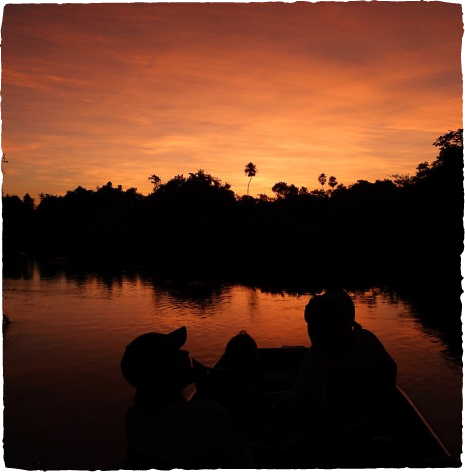
The Refúgio da Ilha offers an unforgettable experience in the heart of the Pantanal.